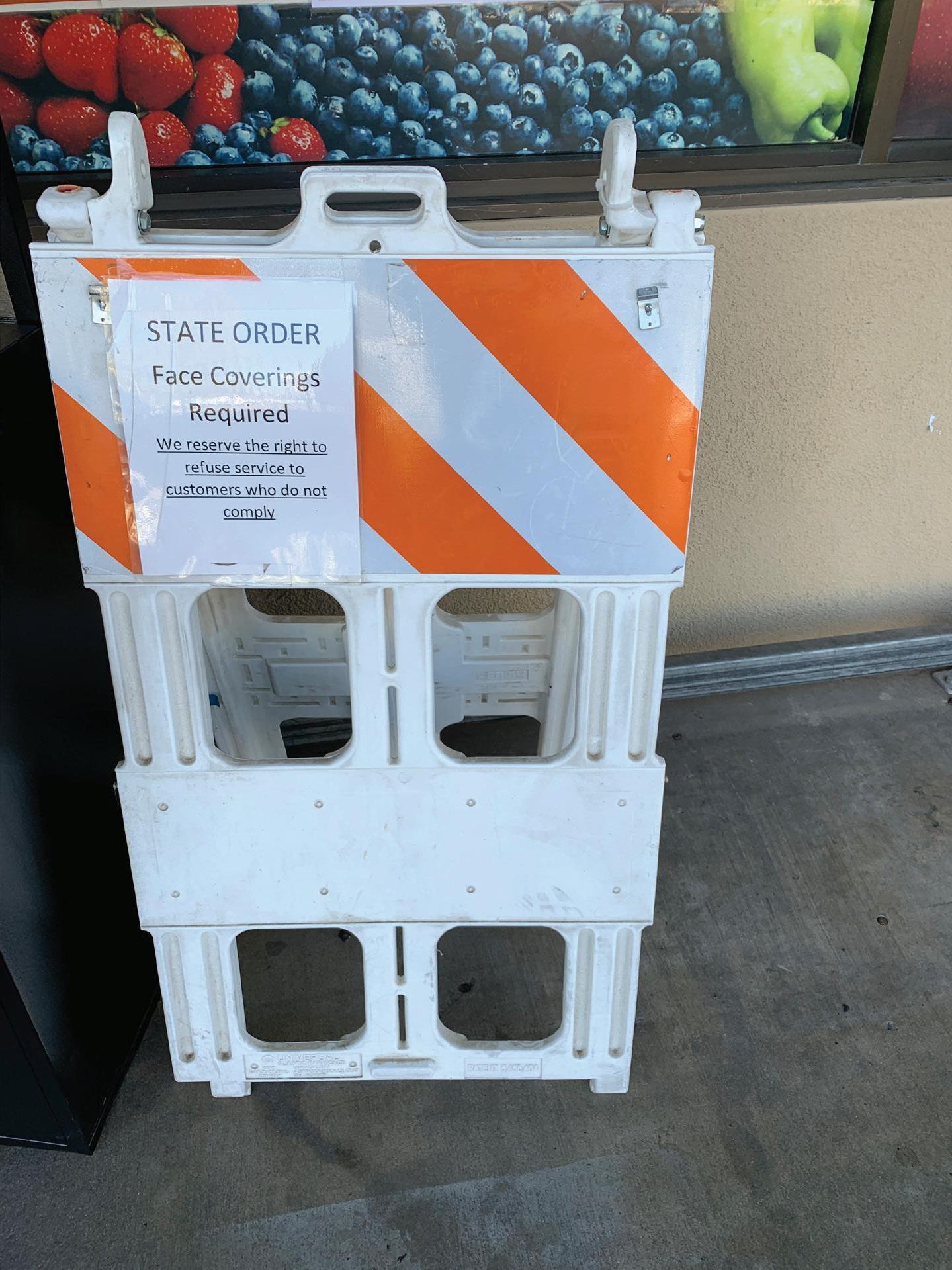
3 minute read
Concluding Remarks
Economic recovery from the COVID-19 pandemic began
in the second half of 2020. However, pace slowed in the months of August and September due to difficulties with wearing face masks, establishing contact tracing and pandemic fatigue. If there is a similar difficulty in willingness to get vaccinated, the recovery may slow further.
Advertisement
At the peak of the economic damage from COVID-19, which occurred spring 2020, Valley total employment declined at an average yearly rate of 12.51 percent in April and 13.60 percent in May. Kern County employment declined the fastest among the eight Valley counties. Tulare County employment declined the second fastest followed by Stanislaus County, San Joaquin County and Merced County respectively. Fresno County and Kings County were the sixth- and seventh-fastest declining counties in total employment. The slowest decline in total employment occurred in Madera. As projected, the leisure and hospitality services category of employment was affected the most, while education and health services employment and financial activities employment were affected the least. Construction employment was the quickest to recover from the recession. Because we are mostly a farm-related economy, employing a relatively significant number of essential workers, employment declines in the Valley were less than that of the state in 2020.
Unlike the previous recessions, housing values continued to climb in 2020, due largely to the CARES Act and the Federal Reserve employing all of the tools to mitigate the economic impact of the COVID-19 pandemic. Consequently, building permits continued to increase at a very gradual pace in 2020.
Recession meant falling prices and wages in 2020. However, overall price levels began to increase gradually in August and September. The rate of inflation will likely increase in the coming months but remain below the long-term benchmark rate. The rate of inflation also should stay behind wage growth in the coming months, improving over time the purchasing power of the Valley consumer.
Both Valley bank deposits and net loans and leases increased significantly in the second quarter of 2020 due to the CARES Act and mitigating actions of the Federal Reserve. There was basically no change in community bank assets in nonaccrual as banks have not yet reflected these in their books as a result of the relief programs in place. But in the coming months, this indicator is expected to trend upward sharply. Perhaps the most important indicators of this year’s report were community bank assets in default 30 to 89 days and assets in default 90-plus days, which began trending upward very sharply as banks kept a tab on unpaid loans. In the coming months, these two indicators will likely steepen further, creating a cause for significant concern for the Valley and the nation.
In all, all regional and national indicators point to further recovery, albeit at a slower pace than initially predicted. It is important for Valley residents and business community to take the right precautions to increase the speed of recovery.
Disclaimer
Although information in this document has been obtained from sources believed to be reliable, we do not represent or warrant its accuracy, and such information may be incomplete or condensed. This document does not constitute a prospectus, offer, invitation or solicitation to buy or sell securities and is not intended to provide the sole basis for any evaluation of the securities or any other instrument which may be discussed in it. All estimates and opinions included in this document constitute our judgment as of the date of the document and may be subject to change without notice. This document is not a personal recommendation, and you should consider whether you can rely upon any opinion or statement contained in this document without seeking further advice tailored for your own circumstances. This document is confidential and is being submitted to selected recipients only. It may not be reproduced or disclosed (in whole or in part) to any other person without our prior written permission. Law or regulation in certain countries may restrict the manner of distribution of this document, and persons who come into possession of this document are required to inform themselves of and observe such restrictions. We, or our affiliates, may have acted upon or have made use of material in this document prior to its publication. You should seek advice concerning any impact this investment may have on your personal tax position from your own tax adviser.





